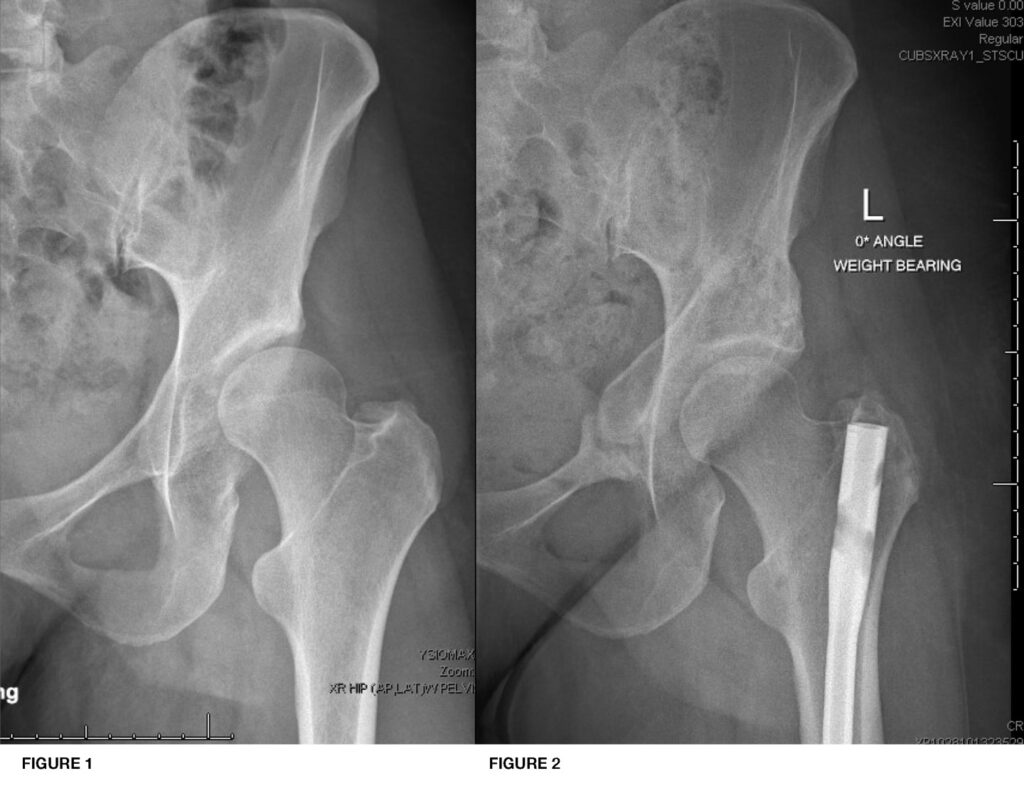The hip joint is a ball and socket joint consisting of the acetabulum (socket) and the femoral head (ball). Hip dysplasia can also come from the femur side (as opposed to the socket side as explained in the PAO section) when development of the femur bone resulted in suboptimal rotational anatomy. In this case, the femoral head is pointing too much to the front of the socket, thus putting abnormal stress on the anterior cartilage and labrum. We call this pathology ‘excessive femoral ante-torsion’. In some rare cases the femoral head can point ‘backwards’ – or too much into the back of the socket, causing excessive abutment or impingement. We refer to this pathology as Retro-torsion of the femur. This is basically an amplified case of FAI and requires a similar procedure – but the femur is corrected in the opposite direction.
Normal rotational angle (or ‘femoral torsion’) for the femur bone is 15-20 degrees. If the angle exceeds 36 degrees and anterior damage is seen on imaging modalities, DFO may be considered. Similarly, if the angle lies in the negative range (below zero degrees) and significant range of motion limitations are documented, DFO may be considered.
The Derotational Femoral Osteotomy (DFO) is a surgical procedure aiming to correct this sub-optimal anatomy of the femur bone. If the wrong anatomy is significant and is left untreated, there is a strong likelihood for early onset of hip osteoarthritis.
About 10% of patients who require a PAO procedure to correct hip dysplasia will also require DFO to correct femoral abnormalities. This surgery is then performed prior to the PAO.

At discharge you will receive a post op folder with instructions on how to care for your dressings and when you may bath or shower. We ask that you do not remove your dressings unless they are saturated or leaking. If you are unsure, please review our instructional videos and call if needed. The post op folder will also include your medication instructions, a Persons With Disabilities parking privileges application and your hip arthroscopy photos. There is a pain/medication tracking sheet you will be asked to fill out and bring to the first post op appointment. A hip preservation team contact list will also be provided; use this to reach out with urgent matters.